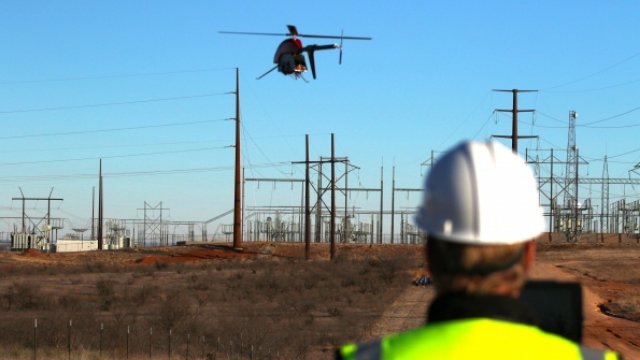and the Federal Aviation Administration (FAA) are launching a new program to research the safe operation of unmanned aircraft systems (UAS) to inspect 20,000 miles of electrical transmission lines in 10 states.
The Minneapolis-based utility said the first-of-its-kind “Partnership for Safety Plan” is designed to use drones for the inspection of critical infrastructure. Data collected by UAS in diverse climates, conditions and geographies will be used by the FAA to help secure the national airspace.
Kent Larson, Xcel Energy’s executive vice president and group president of operations, said the objective is to enhance public safety while protecting the national electrical grid and gas pipelines.
“Drone technology is already giving us better inspection data to efficiently and effectively monitor our systems, ensuring employee safety and improving reliability to better serve customers,” he noted.
The plan will help shape future FAA policies for safe and routine beyond visual-line-of-sight operations to inspect the electrical grid. In 2017, Xcel Energy plans at least one beyond visual-line-of-sight mission using drone technology along transmission lines in a rural area. The utility and the FAA will plan and develop safety measures and evaluate outcomes.
According to Xcel Energy, the plan is a continuation of its work with the FAA to advance UAS guidelines for the energy sector. During the past three years, the utility has conducted more than a dozen outdoor missions using drone technology—including a beyond visual-line-of-sight flight in 2016.
Last year, Xcel Energy began a year-long research project in partnership with the state of North Dakota, the University of North Dakota and other partners to use drone technology to assess damage after severe weather events. The company is sharing its operational and safety data with the FAA and the Edison Electric Institute, an association that represents all U.S. investor-owned electric companies.
U.S. Sen. John Hoeven, R-N.D., said Xcel Energy’s new partnership with the FAA underscores how the Northern Plains UAS Test Site located at Grand Forks, North Dakota, can generate new business opportunities in a variety of industries and applications, including energy, agriculture, defense and border security.
“The Northern Plains Test Site already received permission from the FAA to conduct beyond-line-of-sight flights, and with the addition of Xcel’s activities, North Dakota continues to be at the cutting edge of efforts to integrate UAS into the national airspace and develop a wide range of valuable applications,” Hoeven said.
Source: Press Release

